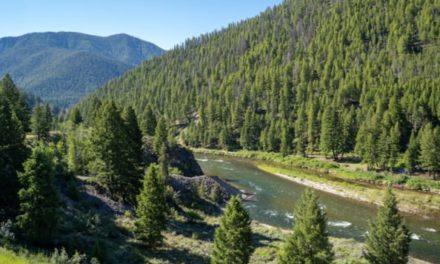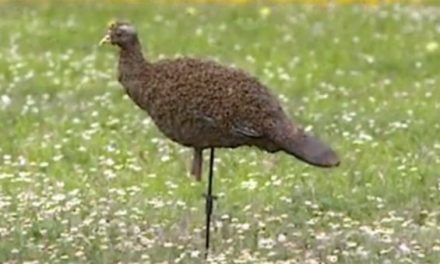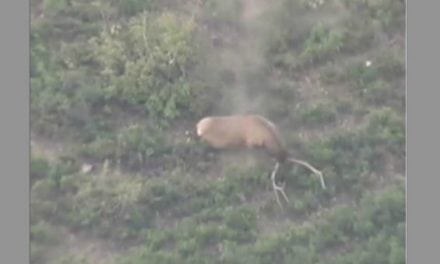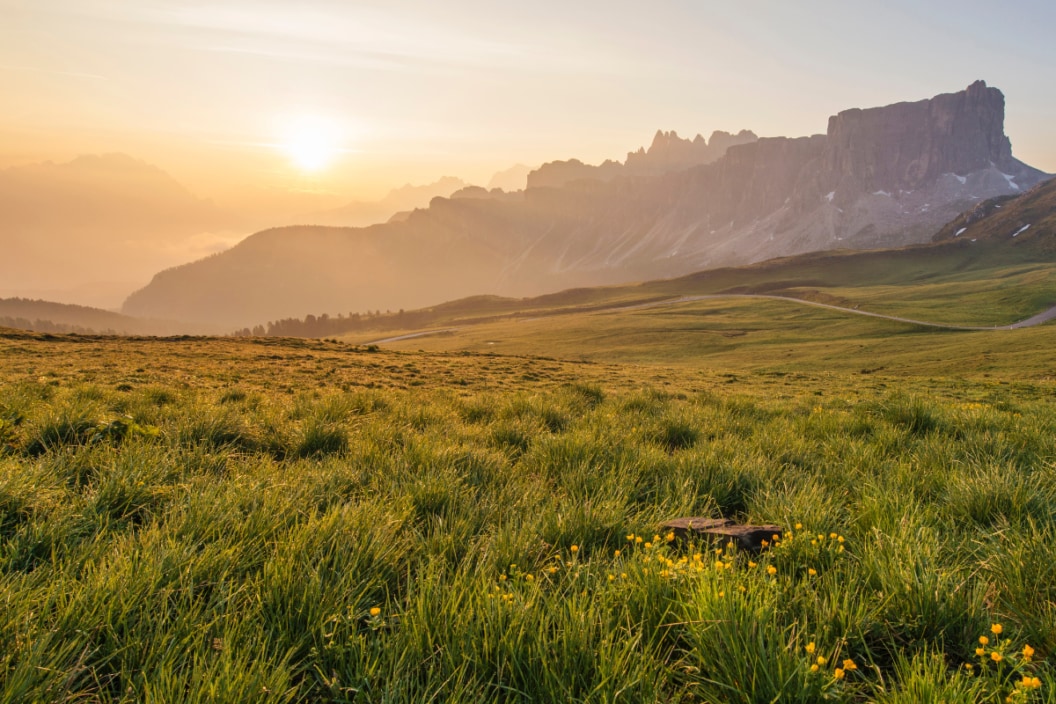
Grasslands have been a symbol of movement west since settlers ventured away from the east coast hundreds of years ago. The landscape has changed throughout these centuries and continues to change. Introducing non-native flora and overhunting certain species paired with habitat loss creates a drastically different scene than Louis L’Amour might describe. The North American Grasslands Conservation Act (NAGCA) seeks to allocate funding to preserve and enrich North American grassland ecosystems.
This bill focuses on wildlife preservation, climate resiliency, habitat restoration, and contributing to ranching livelihoods for generations to come.
The NAGCA has this call to action: “We need to act quickly to conserve and restore North America’s native grasslands and sagebrush shrub-steppe while supporting ranchers, farmers, Tribal Nations, sportsmen and women, and rural communities.”
American Grasslands Are In Peril
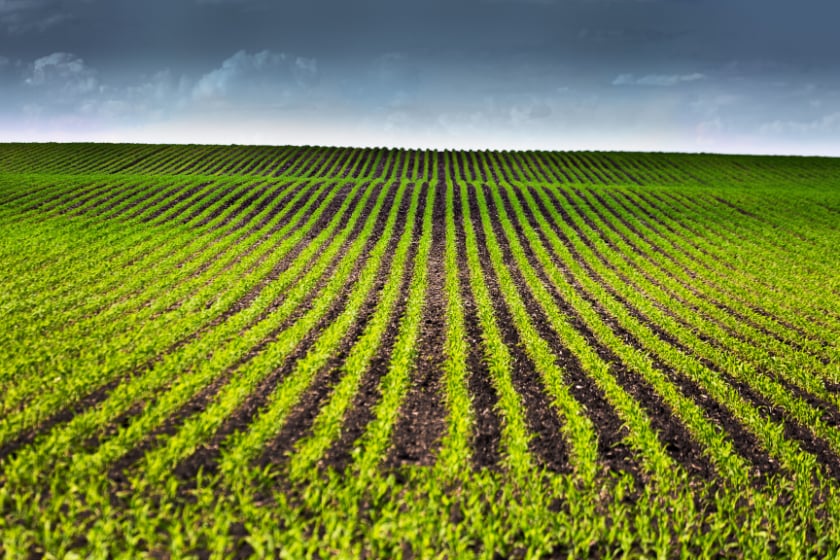
YinYang via Getty Images
The grassland biome in North America has been slowly diminishing through the decades. The landscape looks drastically different from when Lewis and Clark crossed the Mississippi River, coming across a region they deemed “America’s Eden.”
Non-native grasses comprise up to 30% of the plains today. With encroaching subdivisions, non-native species used in landscaping choices create migration corridors. Hybridization between native and non-native bird species and plant species is increasing at an alarming rate. Species previously geographically isolated and distinct are becoming less prevalent as the years pass.
There’s been an increasing demand for acreage to be converted into row-crop production. This eliminates vast grazing areas, forage, nesting sites, and breeding stages for native wildlife. Populations of pollinators have declined up to 80%, and grassland birds up to 53%.
Increasing land conversion also eliminates grazing land that ranchers use for beef production and land that stores massive carbon emissions each year.
A decline in Conservation Reserve Program (CRP) enrollment has also negatively impacted the grasslands. The CRP lets farmers receive yearly rental fees for their land if they preserve native species, remove sensitive land from agriculture production, plant native plants, and protect native wildlife.
The biome is disappearing, along with unique flora and fauna. The overall rise in development, agricultural use, non-native species invasion, and hybridization has culminated in a precipice that we now have to navigate.
An additional concern is increasing hunting restrictions to accommodate for species decline. Many large and small game populations have already lost the battle of overcoming habitat loss. In addition, hunting has led to an exponential reduction in population; this, in turn, leads to many treasured game animals now facing extinction, and once-in-a-lifetime hunting opportunities are now almost lost.
Biodiversity Depends on Grasslands
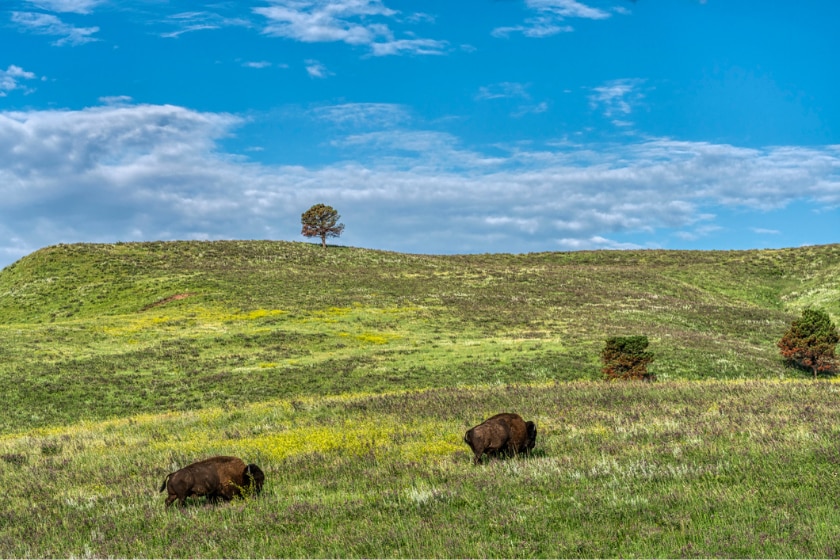
Brent_1 via Getty Images
Prairies of the Great Plains in North America are arguably the most iconic grassland ecosystem that comes to mind. They’re also the most valuable, growing important crops and supplying grazing lands for ranchers. Specific ecosystems vary within the Great Plains, comprised of shortgrass prairies, tallgrass, mixed-grass prairies, sagebrush shrub-steppe, and savannah grasslands.
Prairie grass and other native species are unique because their root systems reach deep into the soil for moisture, reducing soil erosion. Prairie grasses can also lie dormant for decades until adequate conditions allow seeds to grow again. Three main subtypes of prairies include mesic (popular for agriculture), dry (home to unique wildlife), and wet prairie (poor draining but rich in plant diversity).
These areas are naturally controlled through seasonal wildfires, which prevent woody overgrowth and allow it to maintain its’ character-waves of rolling green “sea” for miles and miles. This unique cycle maintained a fortress against invasion from surrounding forests; however, we are seeing increasing hybridization and a decline in biodiversity.
While most wildlife in the grasslands is small, larger species such as bison and pronghorn play their role in maintaining biodiversity, usually by acting as natural tills, producing fertilizer, and spreading new plant life.
When it comes to preservation, hindsight is often 20/20.
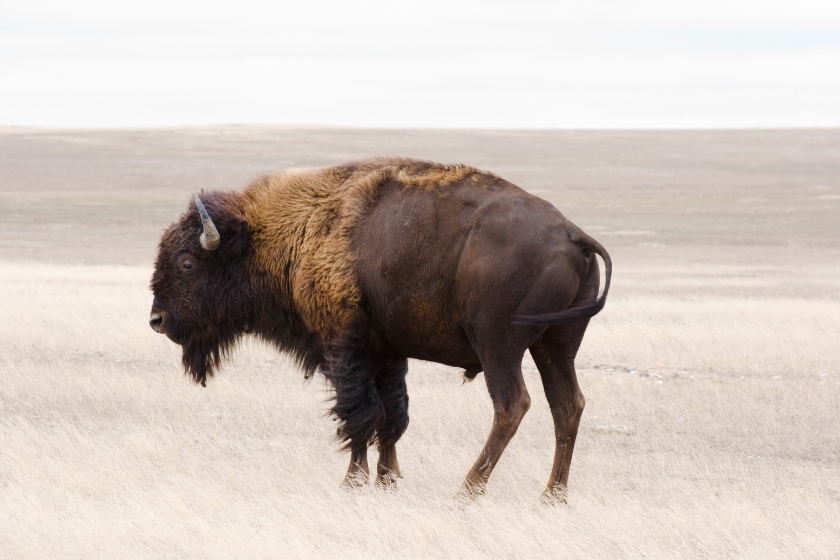
YangYin via Getty Images
History has proven that land and ecosystem mismanagement can lead to disastrous ramifications. The Dust Bowl during the Great Depression was precluded by extended drought across the plains, overgrazing by cattle, and a lack of rotational crops to sustain soil nutrients.
Fewer than 1,000 bison remained by the end of the 1800s, a sharp decline from the millions of animals less than 100 years prior. In these massive herds, bison aerate the ground with their hooves as they graze, which helps seeds migrate across the land and allows the soil to absorb moisture more efficiently during light rains. Bison have been deemed ecologically extinct, and this process ceases today.
Over 50 million acres of grasslands in the United States have been destroyed in the last decade. Less than 30% of grass species remain in the prairies, which has led to many wildlife species dwindling. Bird populations alone in the grasslands have declined more than 40% since 1966, and others face extinction today.
Will the North American Grasslands Conservation Act Work?
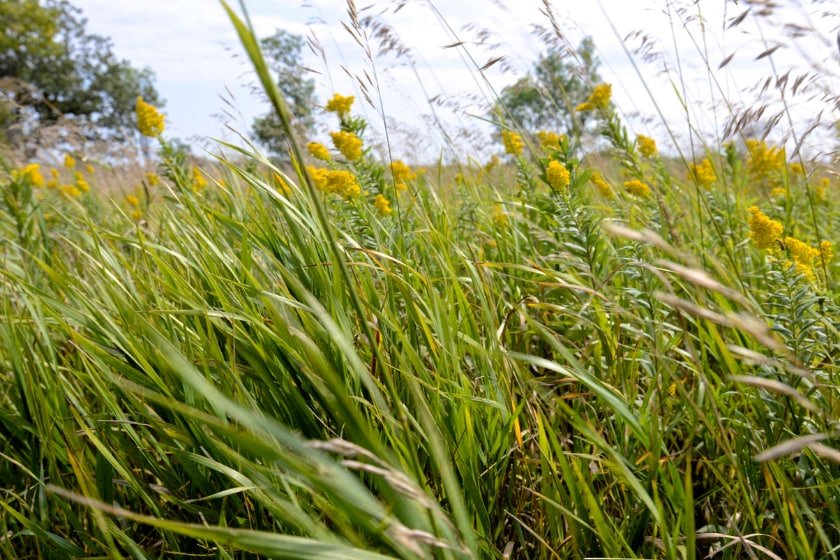
vintagemirror via Getty Images
The NAGCA will likely be structured similarly to the North American Wetlands Conservation Act (NAWCA). Since the NAWCA’s implementation in 1989, waterfowl populations have increased significantly, preserving sustainable waterfowl hunting practices. The preservation of these wetlands has led to habitat restoration, ecosystem preservation, and increased hunting opportunities.
The NAWCA has been so successful in practice that it’s now regarded as a blueprint to model other conservation acts after. While scientific data reflects a 29% reduction in overall bird populations in North America, the waterfowl population has explicitly demonstrated a 56% increase since the NAWCA was signed.
It’s safe to say the NAGCA will stand solid if structured and implemented similarly to an already successful legislative act. One thing it should focus on is sequestering carbon emissions.
Most people will think of forests when speaking about pulling carbon emissions out of the air. Grasslands sequester up to 1 billion metric tons of carbon emissions a year. With the 53 million-acre loss of grasslands in the past year, it’s been estimated to release 3.2 billion metric tons of carbon dioxide back into the atmosphere.
Prairie grasses not only stabilize soil with their extensive root system; they also store carbon deep underneath the soil. Not only does this carbon release back into the atmosphere in the tilling process when converting land for row-crop use, but it also leads to nitrogen leaching.
Our grasslands are under threat. The prairies cannot sustain the existence of unique animals, access to hunting opportunities, ranching livelihood, and overall climate health as they are today. The North American Grasslands Conservation Act will help preserve and restore the land’s diversity, character, and ecosystems for people to enjoy for generations.
You can easily contact your local lawmaker in support of the NAGCA. It took me just a minute to fill out the form and have it automatically sent to my congress members for me by the North American Grasslands Conservation Act website.
READ MORE: MONTANA’S TWO NATIONAL PARKS ARE FISHING AND CAMPING HAVENS
The post Why The North American Grasslands Conservation Act is So Important appeared first on Wide Open Spaces.











